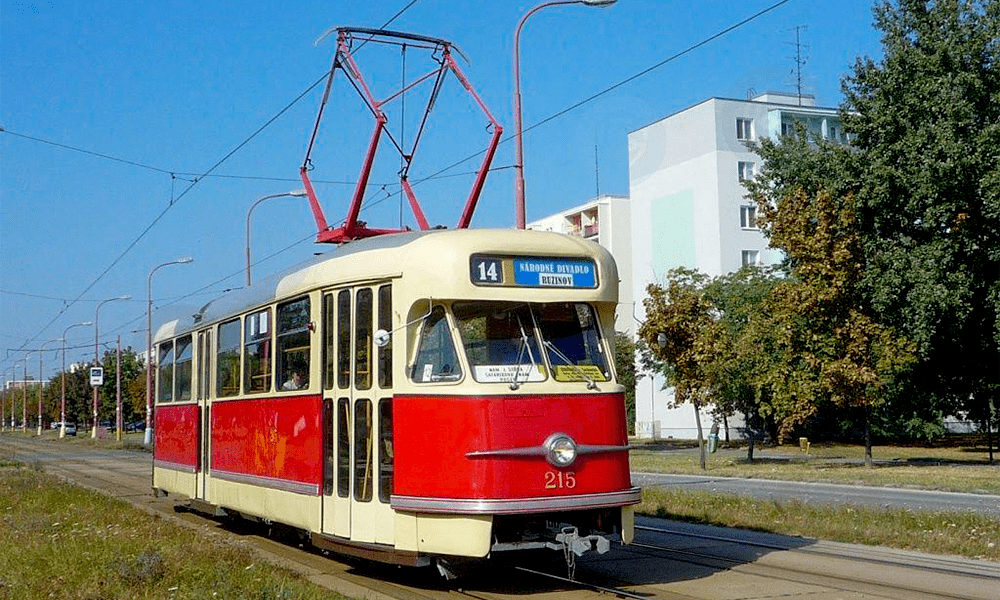Over the years, web accessibility compliance has become a key priority for businesses and website owners as they face penalties for non-compliance. And this applies to not just websites, but mobile applications as well. In short, the need for greater digital accessibility for users with disabilities is ramping up. This is where web accessibility certification comes into play. Think of it like a formal acknowledgement that your website is compliant with AODA requirements.
There are steps you can take to acquire certification, all of which are outlined in this comprehensive guide that covers everything from web accessibility standards, benefits of obtaining certification, and actionable steps you can take.
Understanding Web Accessibility Standards
The Web Content Accessibility Guidelines (WCAG) serve as the foundation for accessibility compliance and the criteria for which you can get certification. It is a set of international standards adopted by various accessibility laws across Canada. The guidelines require an organization to adhere to when making public information such as a website or content that lives on that website accessible.
Developed by the World Wide Web Consortium (W3C) in 1999, WCAG has undergone numerous updates since to coincide with new laws and technological evolutions. The latest version — WCAG 2.2, which was released in October of 2023 — provides a detailed set of guidelines for making websites accessible to people with disabilities.
These guidelines include key accessibility features like alternative text for web images, sufficient color contrast between text and backgrounds, as well the use of proper heading structure on web pages so that native screen reader users can easily navigate the website.
It’s also worth noting that WCAG offers three compliance levels for certification: A (beginner), AA (intermediate) and AAA (advanced). Basically, each level builds upon the last with increasingly more accessibility guidelines which helps people with learning disabilities.
For instance, while the A level includes guidelines such as alternative text for images, closed captions for videos and keyboard functionality, AA incorporates additional guidelines concerning color contrast ratio and web page structure. Finally, AAA adds to both of these with items like sign language translations, descriptive audio and ensuring all content is accessible through keyboard.
Benefits of Web Accessibility Certification
Obtaining web accessibility certification primarily helps avoid penalties, discrimination claims, and lawsuits due to non-compliance. Beyond legal compliance, it offers several other advantages. Enhanced website usability improves SEO and search rankings, giving a competitive edge as customers and businesses increasingly prefer vendors that meet accessibility standards. This includes staff training, effective communication, and technology upgrades accommodating all abilities.
Moreover, as people with disabilities represent a significant market segment, there’s a strong business case for improving accessibility to reduce reputational risk. Additionally, accessibility procurement policies require organizations to only deal with compliant vendors. This is crucial for businesses serving large clients who must ensure their partners adhere to these standards.
How to Achieve Website Accessibility Certification
The process to achieve web accessibility certification may seem like an arduous task. But, there are steps you can take towards obtaining certification and, ultimately, building a WCAG-compliant website.
- Acquire the services of an agency or auditor. Utilize the expertise of an agency, like Accessibility Partners Canada who is familiar with web accessibility certification and WCAG compliance.
- Conduct an audit. Together with your consultant, you should then assess your website’s current state of accessibility through accessibility testing. This should be measured against WCAG 2.2 or EN 301 549 to identify any barriers that may exist.
- Address existing gaps. Once you know the accessibility barriers that exist, take action to fix any problems — such as lack of alternative text, for instance — that were identified in the audit.
- Re-audit. After steps have been taken to address the barriers identified, a re-audit should then be completed.
- Certification. Finally, once your website has been audited and found to be free of immediate barriers, your agency or auditor can then issue a statement that deems your website as WCAG compliant.
In addition to these steps, you should also conduct accessibility training for employees involved in the management of your website. It’s also a good idea to establish a process — such as an accessibility checklist for future content — to ensure that any website changes or future content are developed in an accessible manner.
How to Renew your Website’s Accessibility Certification
The process for acquiring website accessibility certification isn’t a one-time deal. After all, technology is always evolving, which means websites can fall in and out of WCAG compliance. For this reason, your certificate is time stamped with your last official date of compliance. It also means that you should continuously be renewing your certification. This can be done by conducting further audits of your website on an ongoing basis and regularly addressing barriers — especially as new ones may emerge — to ensure compliance.
In terms of what your certification would actually look like, it can come in a variety of forms. This includes a statement of accessibility, a Voluntary Product Accessibility Template (VPAT) statement, which would document your website’s accessibility level, as well as a WCAG 2.2 conformance claim.
The process towards achieving web accessibility certification can be a lot to take on. But it has a range of benefits beyond making your website more accessible to people with disabilities. And we at Accessibility Partners Canada are here to help you navigate the process and audit your website for accessibility. Book a consultation with us today to learn more.







